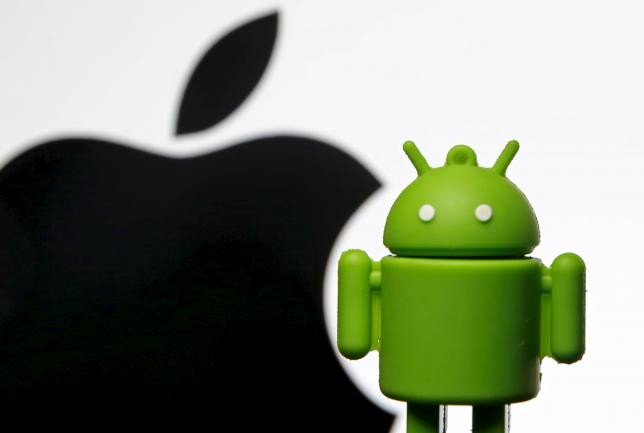Google recently released Google Photos, the company's take on Apple iCloud and several other photo apps. Google Photos' main selling point is that it has unlimited storage capacity and seamless search support via Google search.
On the other hand, unlimited storage comes with some compromise. Google Photos will only store images not larger than 16 megapixel, anything that crosses that threshold will be compressed. Videos uploaded in Google Photos are required to have a resolution of 1080p or less otherwise the app will downgrade its quality.
According to Mercury News, Google will offer the same service without downgrading the quality or sizes of photos and videos but with a 15 gigabyte limit. Users who need more than 15 gigabyte will have to pay for extra storage space. Google Photos supports public and private sharing of uploaded photos and videos.
Uploaded files in Google Photos are organized by date and uses facial recognition in order to properly compile photos. Google also programmed a mapping software that enables the service to identify certain places through visual cues.
On the other hand, Apple iCloud is the premium version of Google Photos. The service requires users to pay monthly fees depending on the storage space they need. The service offers five gigabyte of free storage, users who need extra storage will have to pay 99 cents for 20 gigabyte worth of storage and $20 for one terabyte storage space.
Unlike Google Photos, Apple iCloud does not downgrade all the uploaded photos and videos. Uploaded files are stored on Apple's cloud servers and retain its original resolution, quality and size, according to USA Today.
Apple iCloud allow its users to categorize their upload files by location or under one huge photo album. It also offers separate tabs for photos, user created albums, videos and panorama shots.



























